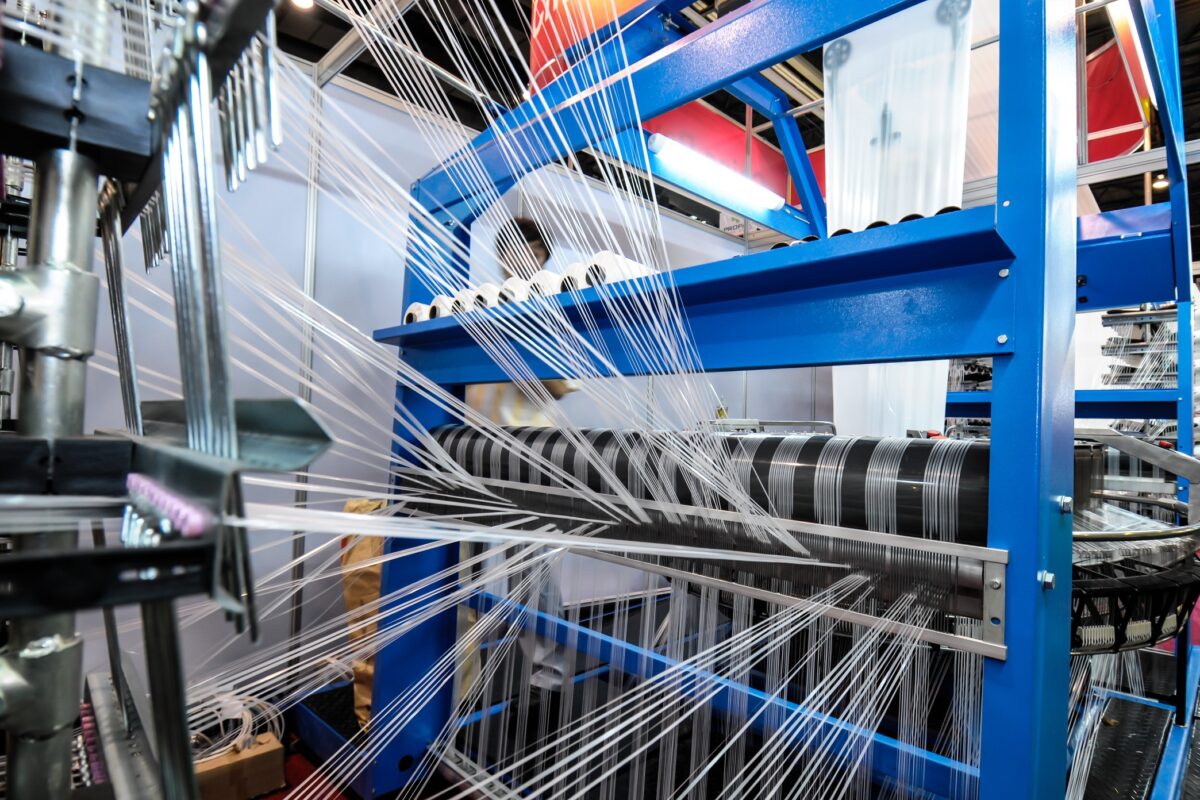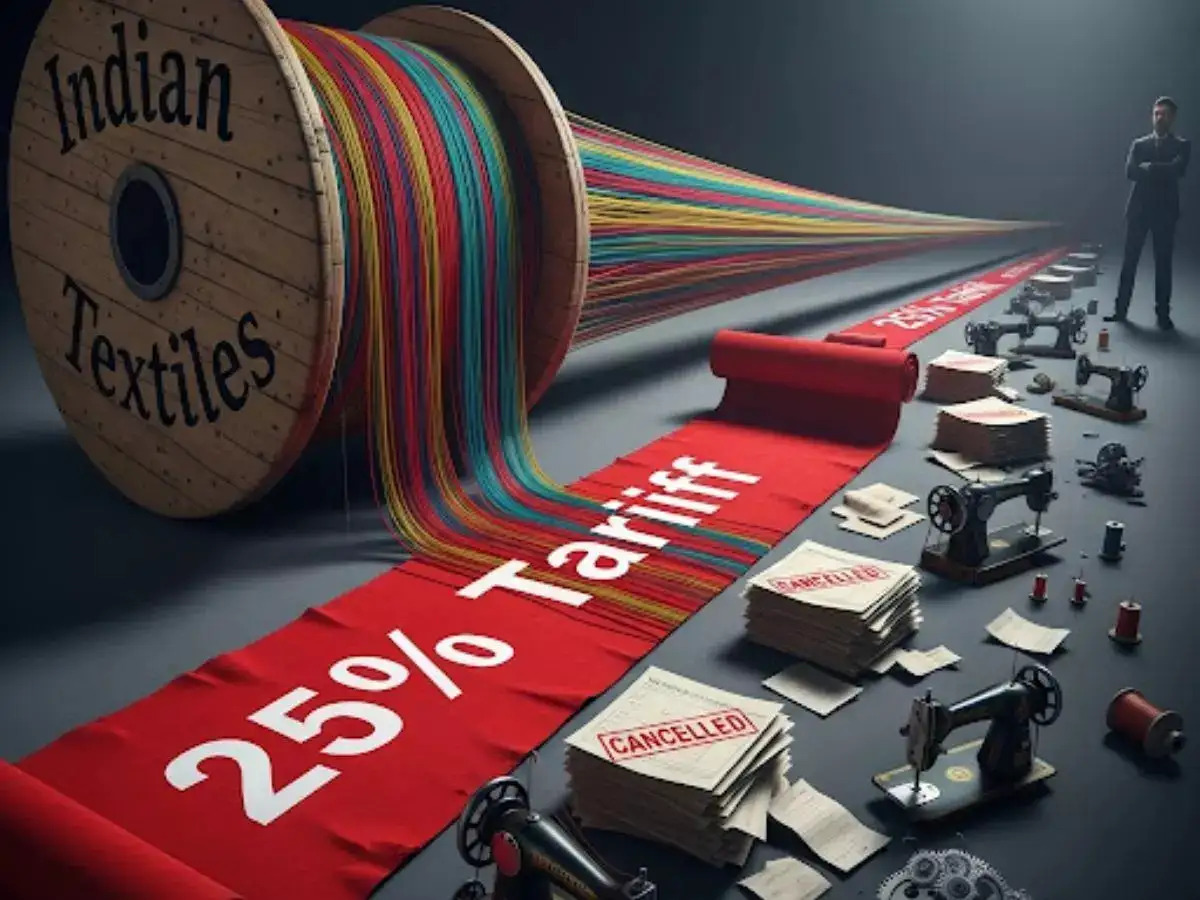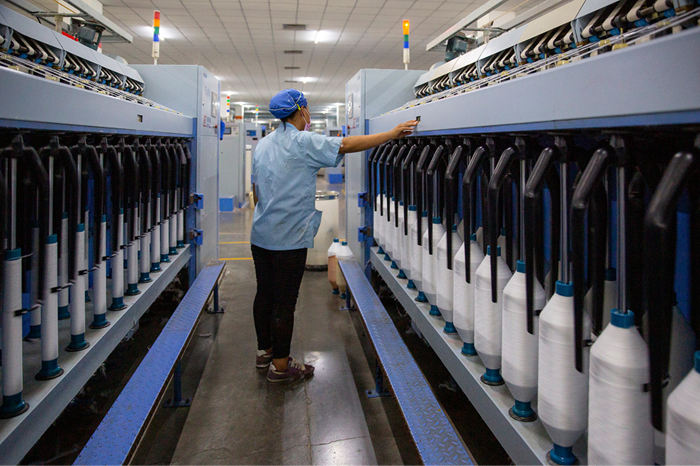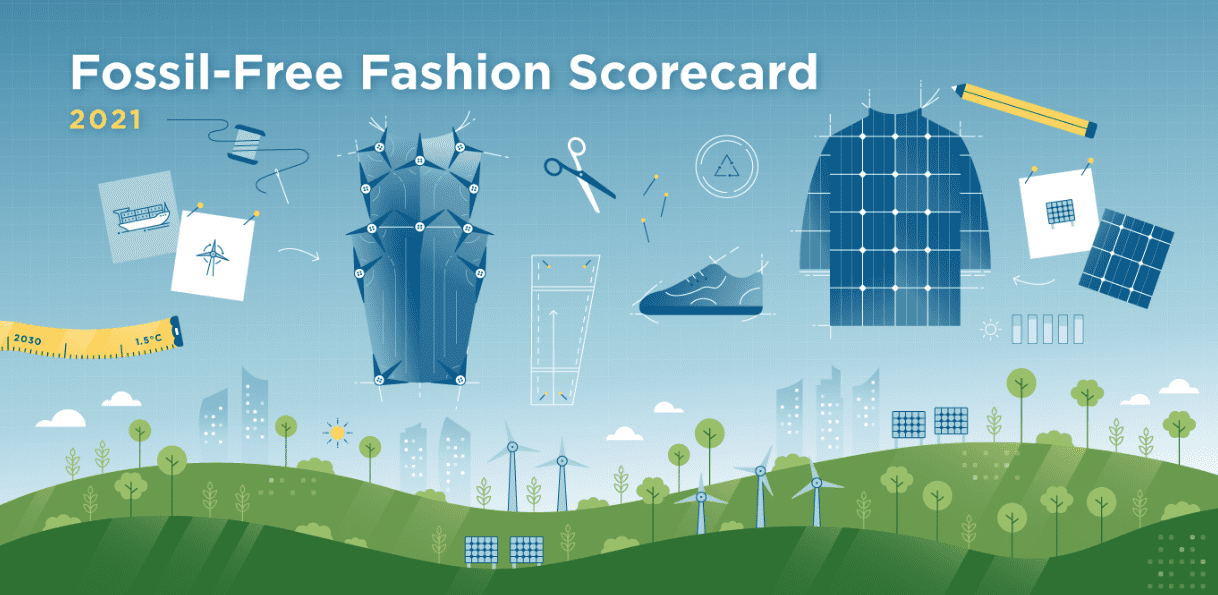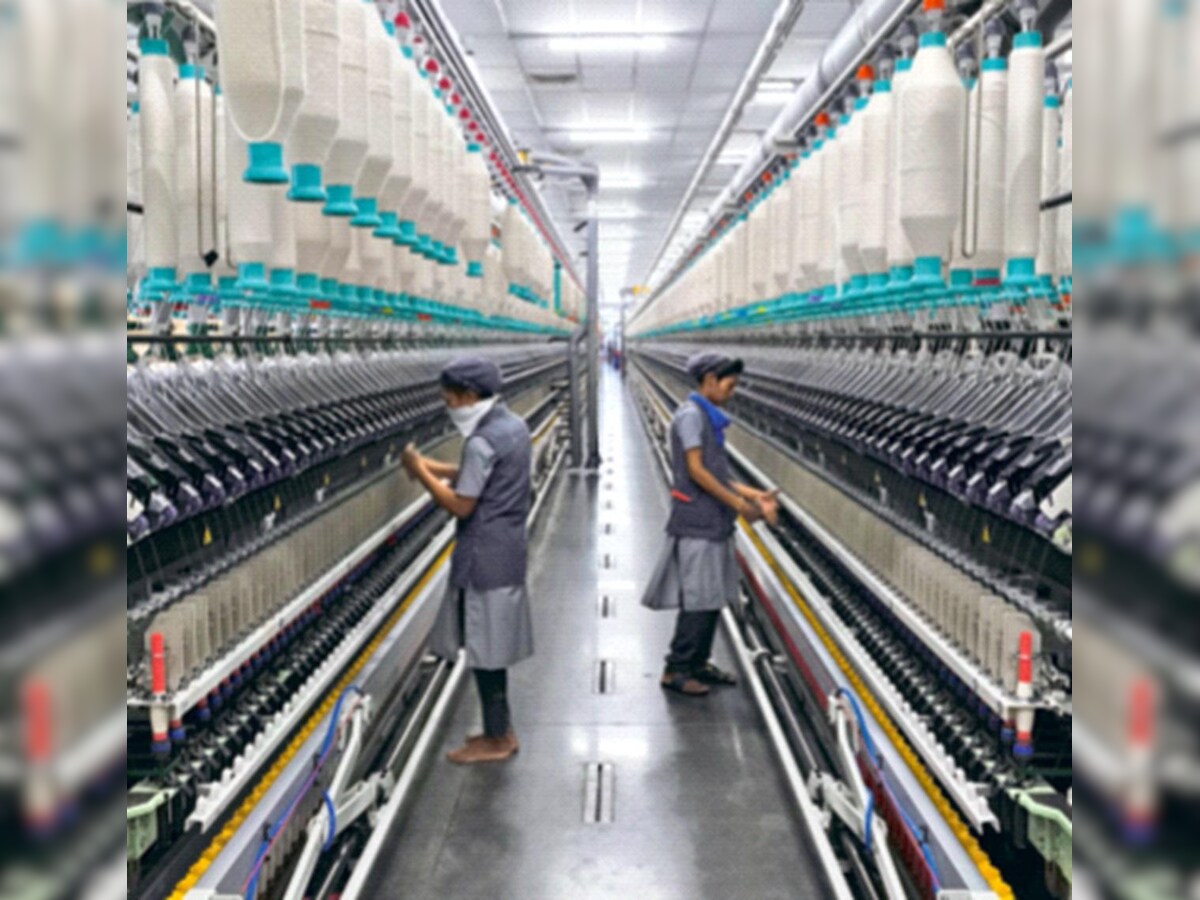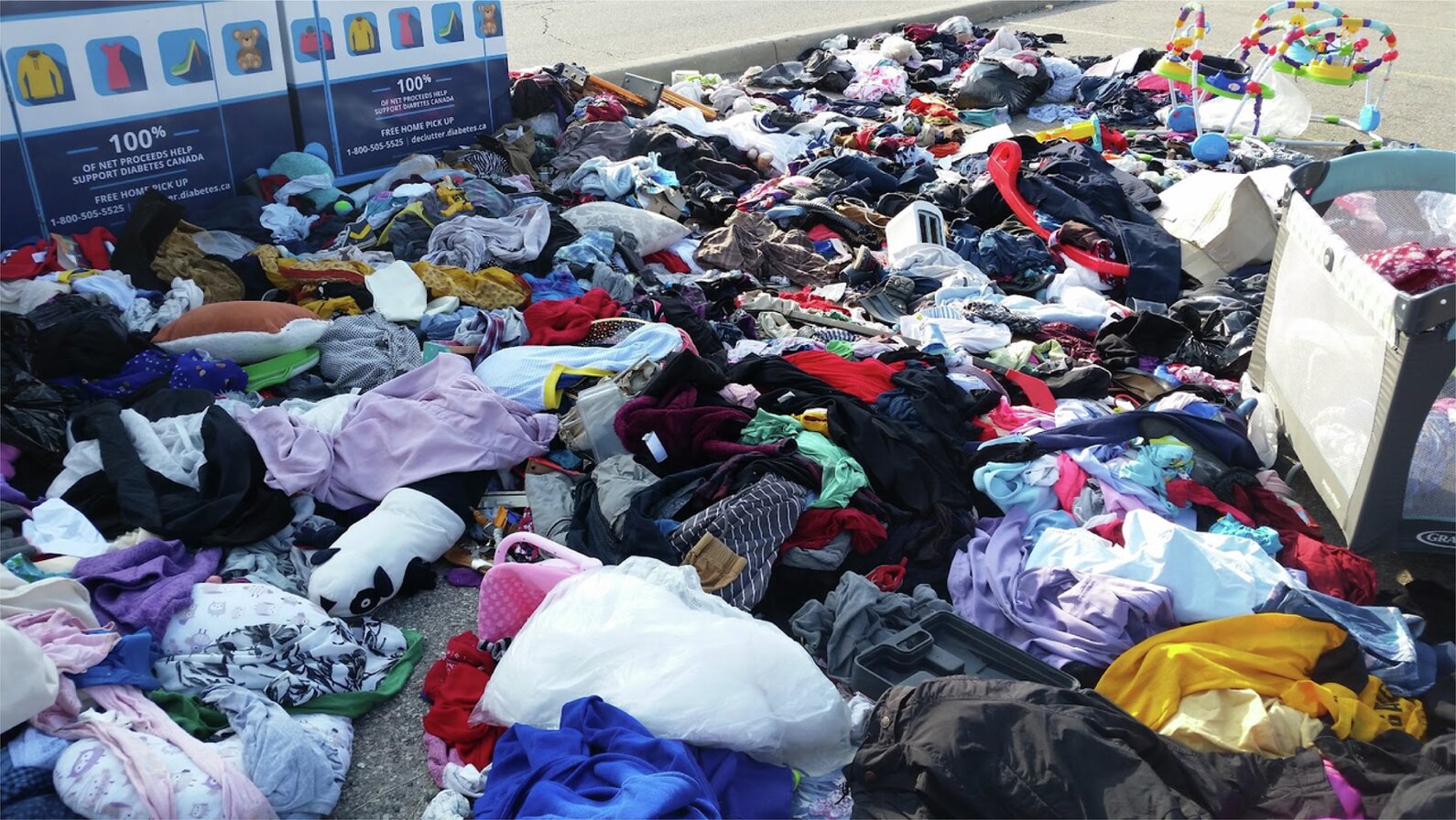
Forget the image of mountains of discarded clothing polluting landfills. A new white paper by Bank & Vogue Ltd/Ltée reveals the vast majority of secondhand textiles find new life through a complex global network of reuse, resale, and recycling. The report, ‘Beyond the Landfill Myth: Mapping the True Journey of Secondhand Clothing’, challenges common misconceptions and gives a data-driven analysis of the secondhand clothing trade, highlighting its significant economic and environmental contributions.
Majority of secondhand clothes reused, recycled
The white paper's central finding directly contradicts the prevailing narrative. "The common narrative suggests that much of the world's used clothing ends up in landfills," the report states. However, the report paints a different picture. As per Global Fashion Agenda (2023), approximately 73 per cent of globally collected secondhand clothes are reused or recycled. This figure underscores the substantial role of the secondhand sector in diverting textiles from landfills and leading to a circular economy.
Global journey of your donated t-shirt
So, what actually happens to your donated clothes? The report traces the intricate paths of used textiles across international borders.
• Export hubs: The US, Canada, Germany, and the UK emerge as top exporters of secondhand clothing.
• Import destinations: Pakistan, Ghana, Kenya, Chile, and India are identified as major importers, showing the global demand for affordable secondhand garments.
• Local sorting and reuse: Upon arrival in recipient countries, local businesses play a crucial role in sorting and categorizing the influx of clothing. Sellable items are introduced into local resale markets, providing affordable clothing options for communities. Unsellable items are not discarded but find new purpose through upcycling or repurposing, transformed into products like industrial cloths or mattress stuffing.
Secondhand markets as economic engines
The white paper looks at specific case studies that illustrate the profound impact of the secondhand clothing trade on local economies:
• Kantamanto Market, Accra, Ghana: Described as one of the largest secondhand clothing hubs in West Africa, Kantamanto Market employs over 30,000 people. The market facilitates the repurposing of millions of garments weekly, with initiatives like The OR Foundation supporting local tailors and upcyclers in maximizing textile reuse.
• Iquique Free Trade Zone, Chile: Chile imports significant volumes of used clothing, exceeding 59,000 tons annually. Local resale markets and recycling companies ensure these clothes are sorted and resold across Latin America. Notably, some organizations are pioneering recycling solutions to address textile waste in the Atacama Desert.
• Panipat, India: Panipat has carved a niche for itself in wool recycling. The city receives worn textiles from Western countries, which are then shredded and re-spun into yarn. This recycled yarn is used to produce affordable blankets and garments for both domestic and international markets.
Beyond waste diversion
The report emphasizes that the benefits of the secondhand clothing trade extend far beyond simply reducing landfill waste.
• Waste reduction: Extending the life of clothing has a significant positive environmental impact. WRAP research indicates that increasing the lifespan of clothes by just nine months can reduce carbon, water, and waste footprints by 20-30 per cent.
• Employment generation: The secondhand economy is a major source of employment worldwide. It sustains livelihoods for tailors, sorters, transporters, and sellers in developing nations, as well as warehouse and logistics workers in exporting countries.
• Circular economy alignment: Organizations like SMART and the European Recycling Industries' Confederation (EuRIC) advocate for the integration of secondhand clothing into circular economy strategies. Research confirms that textile reuse offers the lowest environmental impact compared to both recycling and landfilling.
Charting the path forward
While the white paper highlights the successes of the secondhand clothing trade, it also acknowledges existing challenges. Overconsumption is an issue that contributes to oversupply of used clothing, creating logistical and management pressures. Also, limited infrastructure for local textile recycling in some regions hinders the ability to process unsellable items effectively. Regulatory pressures, such as import bans in certain East African countries, can disrupt the flow of secondhand clothing and limit its economic benefits.
Thus to optimize the secondhand clothing sector and increase its positive impact, the report offers several recommendations.
• Improved sorting: Enhancing donation sorting at the source can significantly reduce the volume of unusable items, streamlining the process and minimizing waste.
• Investment in infrastructure: Investing in local upcycling and recycling infrastructure is crucial for maximizing the reuse potential of textiles within recipient countries.
• Education and awareness: Educating consumers and governments about the true lifecycle of clothing is essential for fostering responsible consumption habits and supporting sustainable policies.
The Bank & Vogue Ltd/Ltée white paper offers a compelling argument for recognizing the secondhand clothing trade as a vital component of the global economy and a key driver of sustainability. By debunking the landfill myth and highlighting the industry's capacity for reuse, resale, and recycling, the report advocates for investing in its optimization rather than discarding or restricting it. This strategic approach can unlock the full potential of secondhand clothing to contribute to a more circular and sustainable future.





